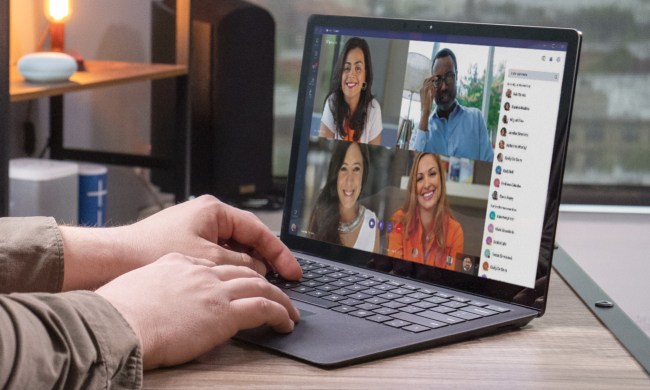 Perhaps it shouldn’t be a radical idea, but it is – Internet access for every school child. That’s exactly what the British government is proposing, according to a story in theGuardian, and schools minister Jim Knight has been talking to technology companies about ways to make it happen. Currently about one million kids don’thave computers at home. It’s part of a greater IT initiative. The first leg will see parents of secondary school children (11-18) having access to real-time reporting of theirchildren’s progress, which could be extended to elementary school pupils in a couple of years. More important, though, would be ensuring that all pupils have computers and Internetaccess at home, which would help level the playing field between the haves and have-nots. "We need to get to a point where in the same way when they start school the expectation is you’ve[the parent] got to find a school uniform, provide them with something to write with and probably these days a calculator, and in secondary school some sports gear – well, you add to that someIT,” Knight told the newspaper. "Obviously you need to make that affordable, you need to make that universal otherwise you just advantage those who can afford it. To some extent that’s thecase at the moment, where 50% of homes have got IT broadband, but they are hugely powerful educational tools … we know from the research evidence the difference that information technology canmake." Recent figures indicate that the achievement gap between the richest and poorest families has widened by 10%, and this could help curb that. However, the government doesn’texpect to subsidize families without Internet access, since it will expect them to contribute to costs. It could certainly be a winning situation for technology companies, from software andhardware makers to ISPs, since the government will effectively be bringing them new custom.
Perhaps it shouldn’t be a radical idea, but it is – Internet access for every school child. That’s exactly what the British government is proposing, according to a story in theGuardian, and schools minister Jim Knight has been talking to technology companies about ways to make it happen. Currently about one million kids don’thave computers at home. It’s part of a greater IT initiative. The first leg will see parents of secondary school children (11-18) having access to real-time reporting of theirchildren’s progress, which could be extended to elementary school pupils in a couple of years. More important, though, would be ensuring that all pupils have computers and Internetaccess at home, which would help level the playing field between the haves and have-nots. "We need to get to a point where in the same way when they start school the expectation is you’ve[the parent] got to find a school uniform, provide them with something to write with and probably these days a calculator, and in secondary school some sports gear – well, you add to that someIT,” Knight told the newspaper. "Obviously you need to make that affordable, you need to make that universal otherwise you just advantage those who can afford it. To some extent that’s thecase at the moment, where 50% of homes have got IT broadband, but they are hugely powerful educational tools … we know from the research evidence the difference that information technology canmake." Recent figures indicate that the achievement gap between the richest and poorest families has widened by 10%, and this could help curb that. However, the government doesn’texpect to subsidize families without Internet access, since it will expect them to contribute to costs. It could certainly be a winning situation for technology companies, from software andhardware makers to ISPs, since the government will effectively be bringing them new custom.
Govt. Wants All Kids To Have Net Access

Digital Trends has a simple mission: to help readers easily understand how tech affects the way they live. We are your…


